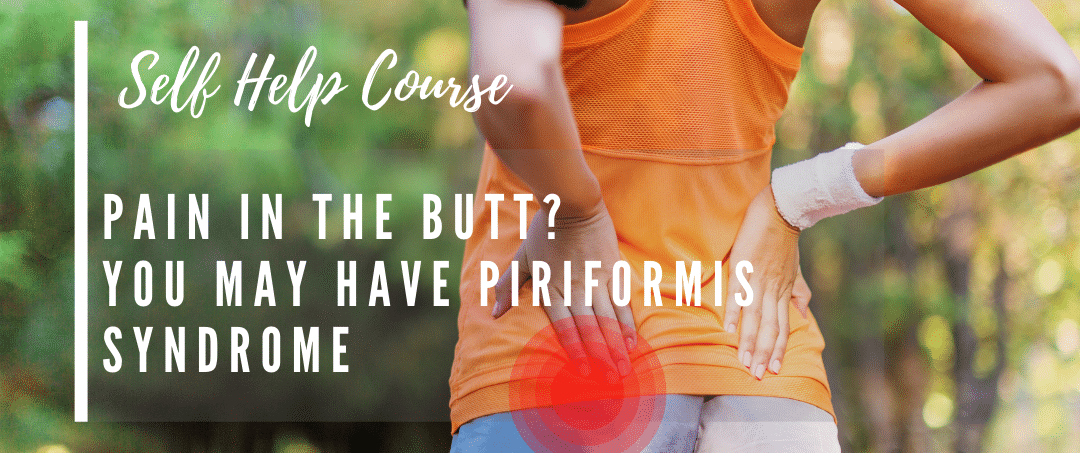What is hip dysplasia, often known as “clicky hips” in infants?
Acetabular dysplasia (or “clicky hips”) refers to an underdeveloped, and therefore not properly developed hip socket (acetabulum), the underdevelopment affecting the bone shape, or the alignment/orientation of the socket or both. This bony problem may result in poorer containment of the ball of the hip (femoral head) that sits in this socket. Resulting increased movement (shearing) of the ball in the socket can mean reduced stability (and in some cases dislocation) of the joint – the ball is no longer held as tightly as it should be in the socket. More severe cases, if not picked up early, will increase the risk of early wear of the joint structures in adulthood and ultimately hip pain, functional limitation and eventually degeneration of the joint, also called osteoarthritis¹ can eventuate.
The focus of this blog is to consider hip dysplasia in infants alone. In order to read more about this condition in older children, adolescents, and adults, please refer to our previous blogs to learn more about what hip dysplasia is, common symptoms, and treatment options. Most people with hip dysplasia are given this diagnosis as a baby, known as developmental dysplasia of the hip (DDH).

Other names for hip dysplasia in infants
- Developmental dysplasia of the hip (DDH)
- Infant hip dysplasia
- Clicky hips
- Loose Hips
- Hip dislocation
- Developmental hip dislocation
- Acetabular dysplasia
- Congenital hip dysplasia
- Congenital hip dislocation
Why is it important to detect hip dysplasia as early as possible?
Those with hip dysplasia and the lack of stability of the joint can be at up to 10 times higher risk of developing degeneration or “osteoarthritis” of the joint¹. This can result in hip joint pain earlier in life, at times that can become very debilitating, affecting function, and requiring surgical intervention.

Hip Dysplasia or Developmental dysplasia of the hip (DDH) in infants:
One-two percent of all babies are born with acetabular dysplasia². When a baby is born with this condition, it is usually referred to as either Developmental Dysplasia of the Hip (DDH) or congenital dysplasia of the hip. Congenital simply means something you are born with. In some newborns with very shallow sockets, the ball may easily slide out of the socket. In this case, a diagnosis of congenital dislocation of the hip may be given.
Why might a baby have Hip Dysplasia?
When hip dysplasia is congenital, meaning the baby is born with the condition, the causes are still not completely clear, with more research needed. However there are some recognised risk factors.
- Female gender
- First born
- Ligament laxity or hypermobility syndromes, (often there is a family history of collagen disorders) – 47% more likely in those with developmental hip dysplasia (6).
- There may be a genetic factor running in the family:
- If one sibling was born with this condition, it has been shown that there is a chance another will also be born with dysplasia (60/1000 chance). If a parent has hip dysplasia, there is a 12/100 chance of a child being born with this condition. If there is both an affected parent and an affected sibling, there is a 36/100 chance of a child being born with hip dysplasia³.
- DDH may be linked with different hormones in the body while pregnant (5).
- Females- about 5 to 8 girls are affected for every boy (possibly reflecting the influence of female sex hormones). Also girls have generally more laxity in their ligaments, which may be a factor. (5)

Hip Dysplasia can be also be acquired in the early stages after birth, rather than being congenital.
- A breech birth can lead to hip dislocation (where the ball comes out of the socket) (5), especially with the first born child, perhaps where there is less room to move through the birth canal
- Keeping a baby in a position where the legs are placed together for extended periods has also be found to be a factor (2). This is usually when the baby is swaddled too tightly, not leaving the legs to be free to move.

Diagnosis of Hip Dysplasia in infants
Most countries have standard newborn exams that are performed. This includes a hip joint exam to screen for early detection of the condition (4), ideally after day 2. As the hip is moved through a range of positions, a click or a clunk may be detected. Not all clicks are due to dysplasia, but a click will mean that the child will then be tracked and monitored.
Once out of hospital, the general medical practitioner (GP) should perform regular checks on a baby’s hips at varying points in the first 8 months of growth, as initial detection at birth may not have been possible. The GP or specialist will look for certain markers indicative of DDH (4).
X-ray is less useful in the first 4 months of birth. Ultrasound can be used to confirm the diagnosis of hip dysplasia (4) – this will usually occur around the 6-week mark should there be any concern that the condition may be present.
Research suggests that only 10% of dysplasia that leads to hip osteoarthritis later in life, is being detected in infants. It is essential an infant is regularly assessed, at birth and throughout the first year, for this condition and that further investigation and medical advice is sought immediately if any concern exists.

What are the usual treatment options for Hip Dysplasia in Infants
Babies can be braced or splinted to help align the hips in a better position as the infant grows. The great majority (> 90%) of dysplastic/unstable hips improve spontaneously without intervention (4).
In order to reduce the risk of acquired hip dysplasia, the following guidelines for infants are recommended
For newborns and babies:
In all resting positions allow a natural leg position, that is, legs bent at the knee and turned out at the hip (known as the “froggy“ position).
Use baby carriers that are wide-based so as to support the legs out in the ‘M’ position are recommended.
Avoid tight swaddling especially of the hips and legs where the legs are kept together in a straight position. Instead, wrap the infant so that the legs are free to move up and out to the side.
Avoid baby and car seats, carriers, and slings that bring the infants legs together at the knees.
Avoid any seat, carrier, or baby jumper that allows the infant’s legs to hang straight down and avoid positioning babies so that their legs are either stretched out straight and/or together.
You can follow the swaddling guidelines for babies at the Hip Dysplasia Australia website here.
And there are many great help videos on how to swaddle a child correctly available from excellent sites such as The International Hip Dysplasia website here


How Can You Find a Hip Pain Professional That can Help?
Diagnosing and treating acetabular dysplasia in an infant is extremely specialized. Your paediatrician and obstetrician will help you understand what has occurred and why. They will work with you and a team specialised in infant care. However, should symptoms arise as your child gets older and towards adolescence, then you should again seek medical advice and help. Always seek out a health professional with extensive experience and up-to-date knowledge in this area. They will assess your/your child’s individual specific case and help guide you on the where to and what next. Visit our directory to find a Hip Pain Professional near you.








